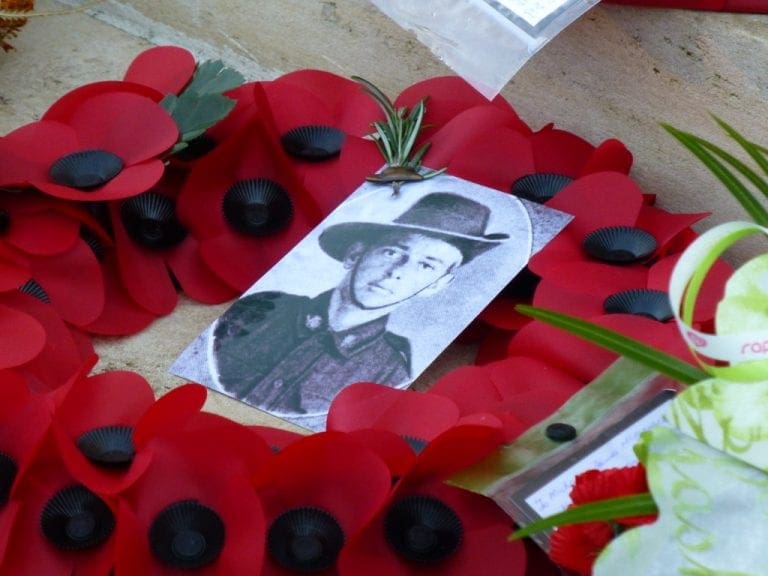I am the Pantheon in Paris
I am a large Neoclassical building just east of the Luxembourg Gardens. I am a monument celebrating France’s history and people. I also house Foucault’s long pendulum.
In 1744, Louis XV was miraculously cured of a desperate illness and he built a magnificent church to honour Sainte Genevieve. Architect Soufflot was entrusted with the design. Work began in 1764 and was completed ten years after Soufflot’s death in 1790. However, with the Revolution underway, the church was soon turned into a pantheon – ‘a location for the tombs of France’s good and great’.
The walls are covered with huge frescoes.
The first interred were heroes of the Revolution. However, as happened with that Revolution, hero one minute, enemy the next. Early interrees were disinterred. My favourites, who are still there are Marie Curie (the first woman by her own right), Alexander Dumas (Musketeers and Monte Christo), Victor Hugo (Miserables), Emile Zola, Rousseau, Voltaire, Louis Braille, Descartes, Mirabeau (first in – disinterred), Marat (disinterred).
In 1851, physicist Léon Foucault demonstrated the rotation of the earth by his experiment conducted in the Panthéon, by constructing a 67 meter Foucault pendulum beneath the central dome. That pendulum is very impressive – slowly swinging back a forth and creeping around the hours. (It looked to be sketching a very flat ellipse.)













